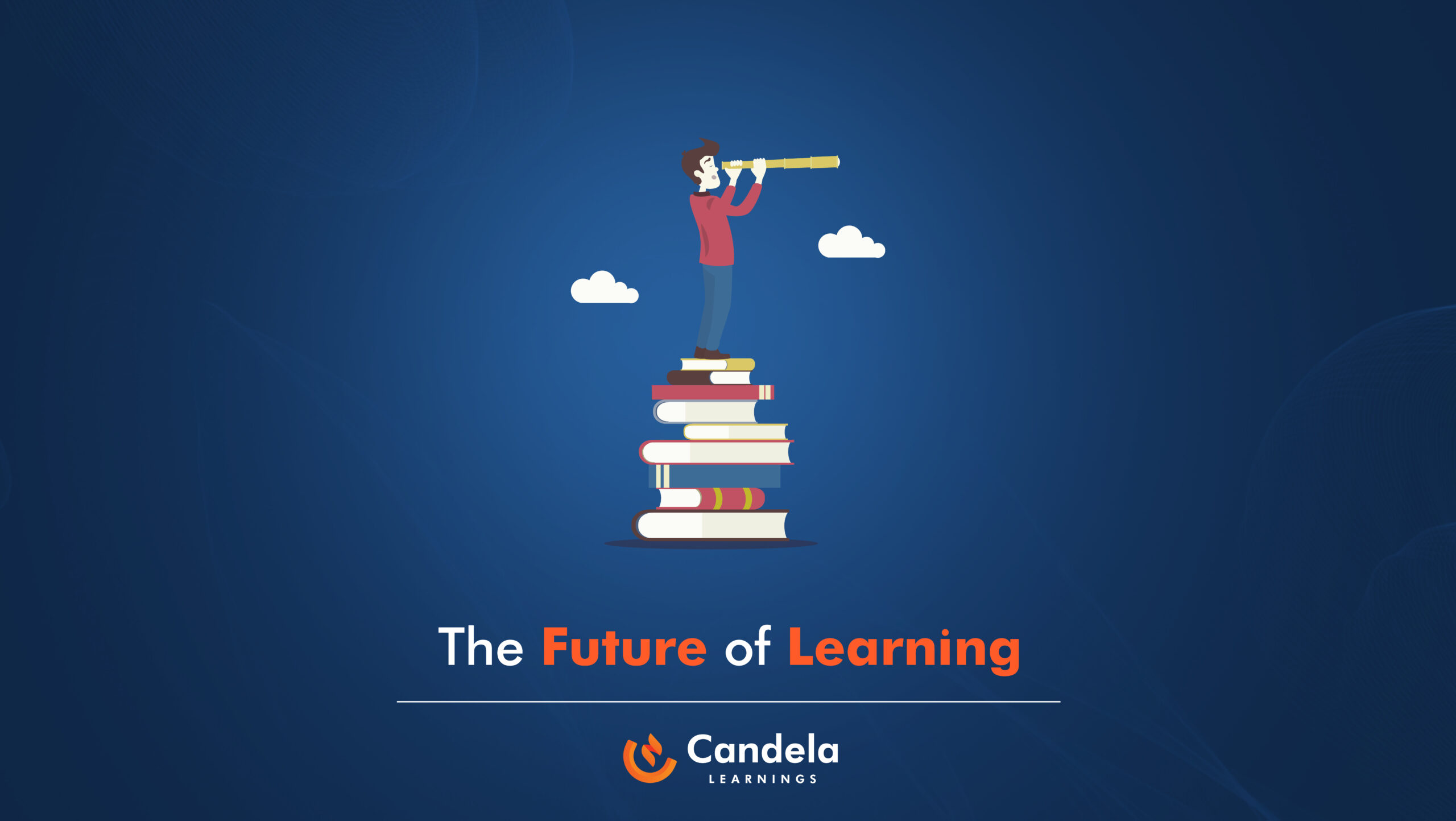The ultimate goal of education is to invest in the future. The only true education is what you can carry with you into the future. So, every student must consider what they will do with the material they are currently studying.
As our world embraces technological futures, how and what we teach in our educational system will be constantly altered to meet the expanding demands of the twenty-first century. The previous two years have seen a fundamental change in the learning process.
We began learning online and studying through WhatsApp. We began learning life skills by watching YouTube videos. Social media has become an essential component. A whole new universe of knowledge has become available.
The question today is whether the education we have been receiving is future-ready.
Are we learning the things we need to know?
These misunderstandings are causing global debates. Let’s discuss certain futuristic learning methods here. One of the basic features of modern technology appears to be its rapid advancement. We are always seeing growth in technological advances that will impact industries. The best aspect is that today’s instructors get to experiment with them and figure out how to incorporate them into the learning environment for the benefit of everybody.
Candela Learnings, Asia’s first experiential learning platform, aspires to introduce this futuristic learning to every child. Candela Learnings believes that the total educational system eventually works toward implementing blended learning so that the concept of experiential learning becomes genuinely productive.
It may appear that futuristic technologies that enable blended learning are millennia away, but this is not the case! They’ve arrived and are eager to assist both kids and instructors!
Virtual Reality (VR)
It’s all about the experience, and virtual reality is the most sophisticated step humanity has taken up to this point. Candela Learnings, Asia’s first experiential learning platform, aspires to provide each Candle with a comprehensive experience in whatever they learn. One of humanity’s most well-known technical advances, virtual reality, creates a totally immersive experience. Because of the immersive experience, virtual reality is one of the most effective methods for facilitating blended learning. It helps students obtain information and encounter diverse worlds and civilizations.
Augmented Reality (AR)
The sole distinction between virtual and augmented reality is the background. Virtual reality, for example, is entirely immersive, whereas augmented reality adds digital information to the real-time environment. This can help with spatial learning, language acquisition, and even book reviews. Because it enables collaboration and shared educational experiences, augmented reality is excellent for student motivation. As the virtual reality sector develops, there are even opportunities for combining augmented reality with virtual reality. However, augmented reality, although one of the finest prospective technologies for supporting blended learning, has one shortcoming. Students, for example, might be readily sidetracked by virtual material.
Artificial Intelligence (AI)
Even today, there are several examples of widespread applications of artificial intelligence that we are unaware of. What about the small, endearing Roombas, or Siri and Alexa? Admit it or not, all of them are examples of artificial intelligence. We use this term to describe computers that learn or that adjust to new knowledge in order to accomplish their work.
Artificial intelligence might offer students and instructors the materials they require right now. It might also imply a lot in terms of customising learning. It might, for example, assess pupils’ responses to digital programs. It might then identify topics of interest or places where the learner requires further assistance. Another excellent application of artificial intelligence in blended learning is to utilise it to connect with peers. Students may communicate with classmates from all across the world, which would greatly improve their language abilities.

